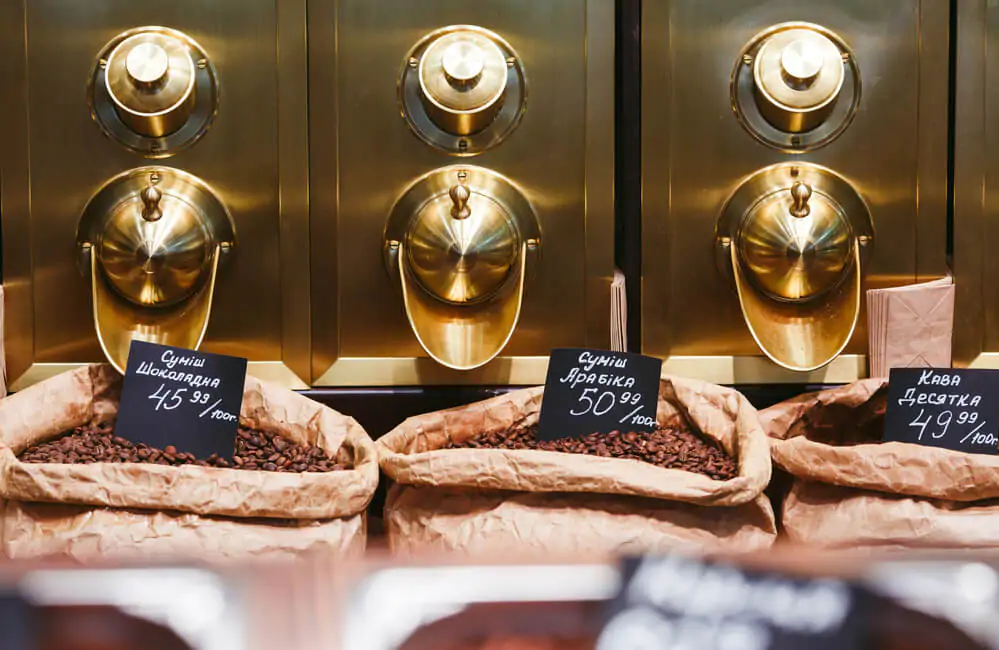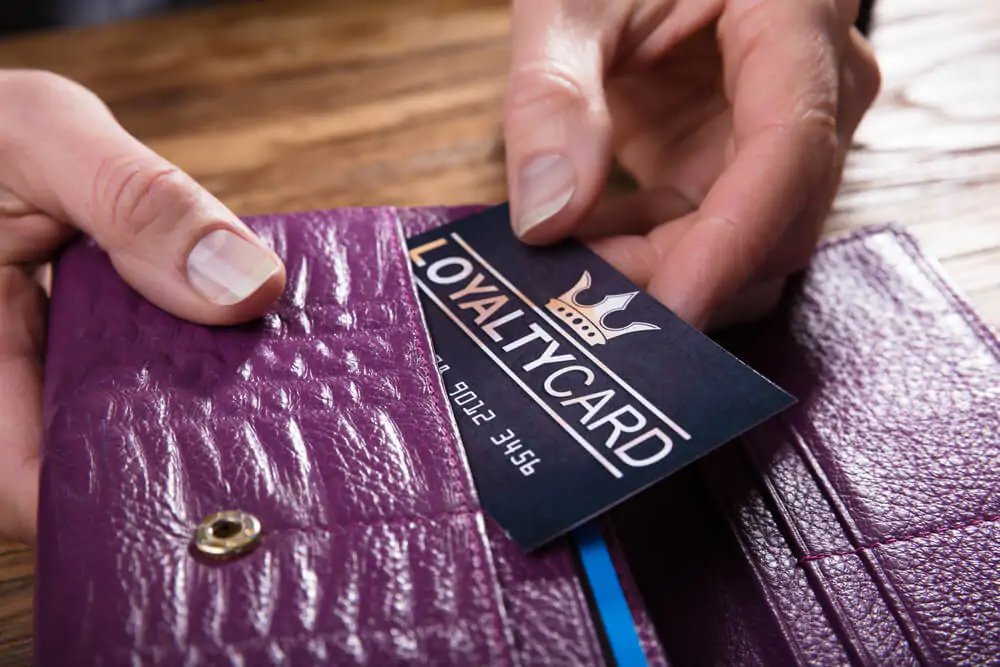Coffee shops are a highly profitable business. Are you planning on owning a café? Read more to know the most effective coffee shop pricing strategy.

Are you wondering why coffee shops have different prices for the same cup of Joe? If you’re planning to start your coffee shop business, it’s important to know how you price your products to make people want to buy them while still making a profit.
Among the 65,410 coffee and snack shops in the US, how can you make yours stand out? This article will help you understand the factors that come into play when picking your prices. You’ll also learn about competitive, cost-plus, penetration, price skimming, value-based, and other pricing strategies you can use.
Business Plan: Defined
A business plan is a detailed document that includes the company’s objectives and how it plans to achieve its goals. This is also an essential document that a new business should have to assist the team in focusing on the external and internal audiences of the company. A business plan is needed to attract investors or get loan approval from financial institutions for a startup business.
Established businesses use business plans to ensure that the team prioritizes company goals, establishes tools and timelines to measure success, and finds ways to reduce costs. A good coffee shop business plan should have an:
- Executive Summary
- Marketing Strategy and Analysis
- Products and Services Sections, and
- Financial and Budget Plans
The marketing plan where the pricing strategy is stated will help you determine how you will sell your items and services to your target market.
If you need help in making your marketing plan, read our guide on How to Create A Coffee Shop Marketing Plan: Step by Step.
The Three C’s In Coffee Pricing
While there is no rule that you can’t copy the price of your favorite café, it’s still better to have a price that suits your own coffee shop. To know what price you should slap on each product, developing a good pricing strategy is a critical step you should not gloss over.
Consider these three key points to figure out how much your cup of Joe should be.
Customer
Identify your target market and their age. Are they students, professionals, or retired individuals? Instead of answering how much you’ll charge your customers, ask yourself how much your customers will and can pay for a cup of coffee.
Consider their expectations of the shop’s ambiance, product, and services.
You’ll also find our round-up of the best accounting software for a coffee shop helpful.

For example, students tend to pay less than professionals or older people as they are still not financially stable. Considering how long your customers stay inside the coffee shop after getting their order is also a factor. Do they stay for hours to do other things, or do they instantly leave after getting their coffee?
Competition
A low-priced product will always attract more customers, but setting your prices outside your competitor’s margins is wrong. For instance, students want to buy cheaper coffee than other coffee drinkers with a steady income until the price is too low. Some customers may question your coffee’s quality and safety, and instead of getting more customers, the low price prevents them from coming.
On the other hand, famous coffee shop brands like Starbucks are known for their expensive drinks, but they are also known for their high-quality coffee. While coffeephiles are willing to pay more for a good cup of Joe, it won’t be a good idea for a new cafe with no reputation yet. Even if you have a good atmosphere and delicious products, having too high a price can make customers feel tricked and look for another cafe.
Cost
You can’t set a price if you don’t know how much it will cost to make the drinks. Here you will need to add the price of beans, milk, coffee machines and devices, flavored syrups, mugs or take away cups, utilities, rental, advertising, other necessary ingredients, and labor.
Using premium beans, high-quality materials, and expensive equipment will greatly impact the overall price and don’t forget that there is no free labor. The coffee shop is a profitable business nowadays but selling a cup of coffee is expensive, and you will need a lot of money to make everything possible.
5 Most Common Coffee Shop Pricing Strategies
Pricing your coffee is an integral part of your marketing strategy. It doesn’t have to be low or high, but you should always be in a reasonable range.
Here are the most common pricing strategies to use in setting your price.
1. Competitive Pricing
Consider yourself lucky if you’re the only coffee shop in your area because you have the freedom to choose how much you’ll charge your customer. But if not, then use competitive pricing where the price depends on how much your competitors charge, considering the costs and target profit.
2. Cost-Plus Pricing
Cost-plus pricing is computing all the costs and expenses in producing a product you have on your menu. For coffee, the total amount will be divided by the minimum number of cups you need to sell and then add a small percentage mark-up for profit.

3. Penetration Pricing
Penetration pricing works the same as competitive pricing, but you set a low price for your product to enter a competitive market quickly. Then, you’ll raise the price slowly. You will gain more customers by having a lower price than the average.
4. Price Skimming
Price skimming is the opposite of penetration pricing. Here, you will be pricing your coffee higher than your competitors to make a higher margin and lower it as the market changes. You will need to establish that your coffee is a premium product over the other products in the competition to attract customers to your café.
5. Value-Based Pricing
This is the pricing strategy that Starbucks uses to maximize profits. Value-based pricing sets the price depending on how much the customer believes in the value of what you are selling.
Starbucks uses customer research and analysis to come up with price increases that capture the maximum amount consumers are willing to pay without making them feel like they’re being cheated into paying too much for a cup of coffee.
Other Pricing Strategies
Since price directly impacts the profitability of your café, setting the right price is vital to success. Below are the other pricing strategies.
Complementary Pricing
Complementary pricing is where you’re lowering a price of an item compared to your competitors but raising the price of other products in your coffee shop. The lower price of your coffee will attract customers, and once they’re inside the café, you can sell other products like pasties at a slightly higher price.
Customer Loyalty Discounts
Discounts are an effective strategy if you want your customers to keep returning to your café instead of quick and easy sales. This approach builds loyalty and good seller and buyer relationships by offering customers something for free or a discount.

Flexible Pricing
You will need to identify the prices you need to change by lowering or increasing the price of certain products to make a profit. Some well-known cafés prefer this approach because it gives them the scope to change the pricing of their coffee and other products according to their situation.
Price Bundling
Price bundling is different from complementary pricing because you are setting one price for two products. This is like bargaining to increase sales, so keep in mind that if another coffee shop offers the same bundle, you have to lower it, offer it at the same price, or make sure your product is better.
